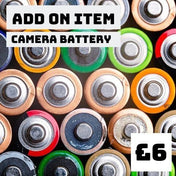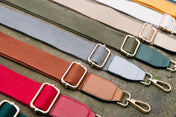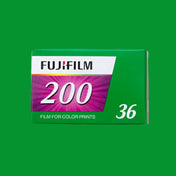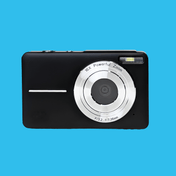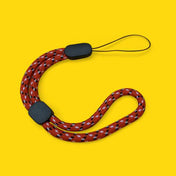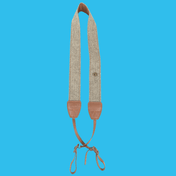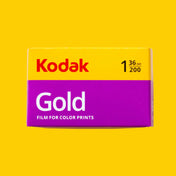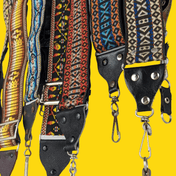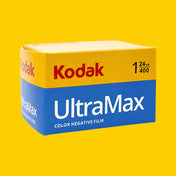Why the Rollei B35 Still Matters in Film Photography
When it comes to vintage cameras, few names carry as much prestige as Rollei. The German manufacturer earned worldwide fame with its Rolleiflex twin-lens reflex medium-format cameras, but it was the Rollei 35 series that changed the landscape of compact 35mm photography. Among these models, the Rollei B35 stands out as a simplified, lightweight, and highly portable camera that still holds its place in today’s film photography revival.
Compact, reliable, and fitted with a Carl Zeiss Triotar lens, the B35 remains a fantastic option for beginners, travellers, and collectors. Its blend of German engineering and minimalist design ensures it continues to capture interest nearly fifty years after its release.
Rollei’s Move Into Compact 35mm
Rollei had already established itself as a leader in professional cameras with its medium-format Rolleiflex. But by the mid-1960s, the market demanded portability — a camera that could deliver 35mm quality in a body small enough for a pocket.
The original Rollei 35, launched in 1966, became the smallest full-frame 35mm camera of its time. Its success paved the way for variations, including the Rollei 35 T, 35 S, and the simplified Rollei B35, which provided a more affordable entry into the system while keeping the same iconic compact form factor.
Rollei B35: A True Pocket Film Camera
The B35 was designed with everyday use in mind. Weighing just 225g and measuring under 10cm wide, it slips easily into a pocket or small bag. This portability made it a favourite among travellers and street photographers who wanted a discreet, mechanical tool without the bulk of an SLR.
Despite its small size, the B35 maintains the solid, precise feel of a German-made camera. Its layout is simple: a top-mounted exposure meter, film advance lever, rewind knob, and a collapsible lens that tucks neatly into the body when not in use.
What Makes the Triotar Lens Special?
At the heart of the Rollei B35 is the Carl Zeiss Triotar 40mm f/3.5 lens. While simpler than the four-element Tessar found in the Rollei 35 T, the Triotar delivers sharp central performance with a touch of softness in the corners — giving photos a classic vintage look that many film shooters love today.
The 40mm focal length is versatile, sitting between the standard 35mm and 50mm fields of view. It’s wide enough for street and travel photography, yet close to “natural” human perspective, making it equally capable for portraits and everyday scenes.
Exposure and Metering
One of the defining features of the Rollei B35 is its selenium light meter, built directly into the camera. Unlike CdS meters that require batteries, the selenium meter operates solely on light. This makes the B35 completely battery-free, a convenience that modern users appreciate.
The meter is displayed on the top plate, requiring the photographer to match exposure manually. While not as advanced as through-the-lens metering, it adds to the hands-on, deliberate experience that defines film photography.
Shooting with the Rollei B35
Using the B35 is straightforward yet rewarding. Extend the lens, set your aperture and shutter speed according to the meter, focus, and shoot. The shutter is quiet, making it an excellent tool for candid work.
Its portability encourages you to carry it everywhere, and its mechanical reliability means it will often still function decades after leaving the factory. For many photographers, the B35 provides the perfect balance between ease of use and the creative discipline of manual photography.
Rollei B35 vs Rollei 35 T
It’s natural to compare the B35 with its sibling, the Rollei 35 T.
Rollei 35 T – Features a higher-quality Tessar 40mm f/3.5 lens, CdS light meter, and more precise controls. Better suited for advanced users wanting maximum sharpness.
Rollei B35 – Simpler, lighter, and more affordable. With its Triotar lens and selenium meter, it’s ideal for beginners or those who value portability and mechanical independence.
For collectors, both models are desirable, but the B35 is often praised for its simplicity and characterful lens rendering, while the 35 T is valued for its technical precision.
Rollei B35 in the Modern Film Revival
Film photography has experienced a powerful resurgence, and the B35 is perfectly placed within this movement. Its small size, retro styling, and tactile shooting experience make it attractive to a new generation of photographers exploring analogue for the first time.
Pair the B35 with colour film for vibrant travel shots, or experiment with black and white film to capture timeless, moody images. For those new to film, the camera’s affordability and ease of use make it a safe entry point into vintage Rollei ownership.
Who Is the Rollei B35 For?
The Rollei B35 is ideal for:
- Beginners – who want a straightforward, affordable introduction to vintage cameras.
- Street photographers – looking for a discreet, pocketable 35mm option.
- Collectors – interested in adding a piece of Rollei’s compact camera legacy to their shelves.
- Travellers – who want German engineering and classic rendering in a truly portable body.
FAQs About the Rollei B35
Does the Rollei B35 need batteries?
No. The selenium light meter is powered by light itself, making the camera completely battery-free.
Is the Rollei B35 a good beginner camera?
Yes. Its simple controls, compact design, and forgiving lens make it an excellent starting point for film newcomers.
How does the B35 compare to the Rollei 35 T?
The 35 T has a sharper Tessar lens and CdS metering, while the B35 is lighter, simpler, and often more affordable.
What type of film does the Rollei B35 use?
It uses standard 35mm film, still widely available in both colour and black and white
Final Thoughts
The Rollei B35 proves that great things come in small packages. With its compact form, characterful Triotar lens, and battery-free operation, it remains a practical choice for modern photographers and a desirable piece for collectors.
Whether you’re starting out in film, travelling light, or adding a unique Rollei to your collection, the B35 delivers the charm of vintage photography in one of the smallest, most enjoyable packages available.
Shop the Rollei B35 at Film Camera Store
Browse Our Film Collection


